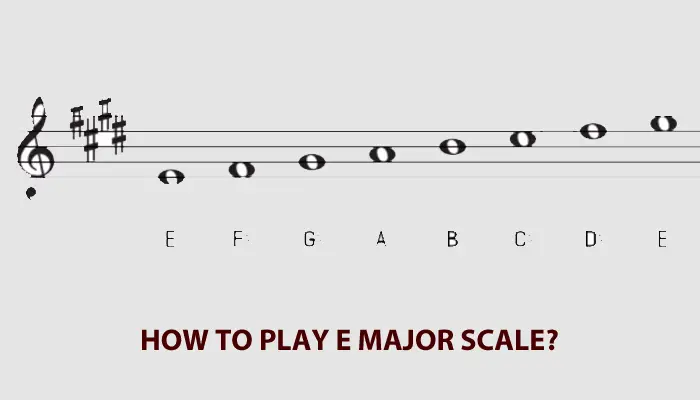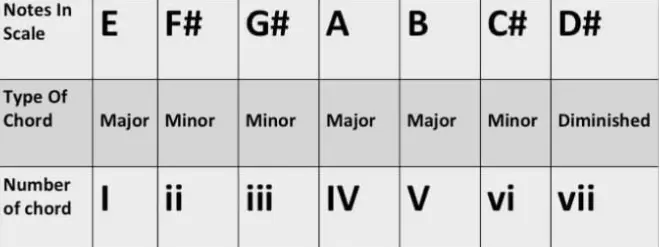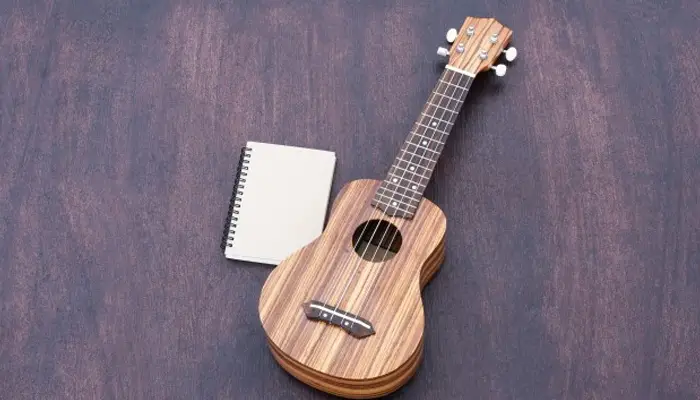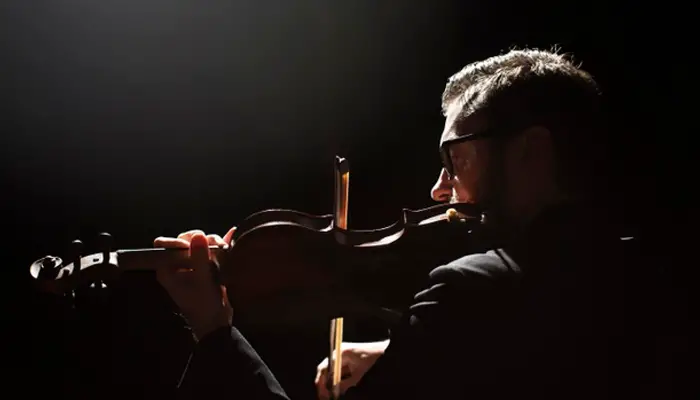
Are you eager to elevate your musical prowess by mastering the E major scale on your instrument? How to Play the E Major Scale?
Whether you’re a budding guitarist, pianist, or violinist, unlocking the potential of this fundamental scale opens doors to a world of musical possibilities.
In this comprehensive guide, we’ll delve into the intricacies of the E major scale, explore its accompanying chords, and equip you with practical techniques to enhance your playing proficiency.
Understanding the E Major Scale:

Delve into the foundation of musical theory with a detailed exploration of the E major scale. Understand the significance of this scale across various instruments, including guitar, piano, bass clef, violin, trumpet, clarinet, trombone, cello, flute, and what not!
Learn about the seven distinct pitches comprising the scale, from the root note E to the sharps and flats that shape its unique sound. Uncover the relationship between the E major scale and its parallel and relative keys, unlocking new avenues for musical expression.
Exploring E Major Scale Chords:

Dive into the harmonic landscape of the E major scale as we explore its rich array of chords, each contributing a distinctive sonic texture to your compositions. Follow the sequential pattern of Major, Minor, Minor, Major, Major, Minor, Diminished to unravel the harmonic journey of the E major scale.
These chords include E major, F# minor, G# minor, A major, B major, and D# diminished.
(I) E major :
Experience the uplifting resonance of the E major chord, serving as the tonic and cornerstone of the E major scale. Embrace its bright and triumphant sound, perfect for establishing a sense of stability and resolution in your musical compositions.
(ii) F# minor :
Delve into the emotive depths of the F# minor chord, the first minor chord in the E major scale. Explore its melancholic yet poignant qualities, ideal for conveying introspection and emotional depth in your musical narratives.
(iii) G# minor :
Navigate the subtle nuances of the G# minor chord, offering a delicate balance between tension and release in the E major scale. Discover its haunting and evocative sound, capable of adding depth and complexity to your melodic motifs.
(IV) A major :
Bask in the radiant warmth of the A major chord, the second major chord in the E major scale. Revel in its vibrant and expressive character, perfect for infusing your compositions with a sense of optimism and joyous energy.
(V) B major:
Soar to new heights with the B major chord, the dominant chord in the E major scale. Experience its majestic and commanding presence, lending a sense of anticipation and forward motion to your musical passages.
(vi) C# minor :
Uncover the rich emotional palette of the C# minor chord, the relative minor of E major. Delight in its introspective and introspective qualities, capable of conveying longing and contemplation in your musical narratives.
(vii) D# diminished:
Explore the enigmatic allure of the D# diminished chord, the final chord in the E major scale. Embrace its dissonant and mysterious nature, adding a touch of tension and intrigue to your harmonic progressions.
Playing the E Major Scale: Techniques and Tips:
Embark on your journey to mastering the E major scale armed with practical techniques and expert tips tailored to your musical growth. With dedication and the right approach, you can navigate the intricacies of the E major scale with ease and confidence.
Mastering the E Major Scale:
Begin by immersing yourself in the fundamental elements of the E major scale, including its keys, notes, and sharps. Understanding these foundational elements lays the groundwork for navigating the scale with precision and fluency.
Handling E Flat Major Scales:
Recognize that there are three E flat major scales—F#, C#, and D#—each presenting unique challenges. Practice ascending and descending through each scale to develop fluency and familiarity with their distinctive characteristics.
Implementing Fingering Techniques:
Crucial to executing the E major scale is mastering fingering techniques tailored to your instrument. Adopting specific finger patterns ensures smooth transitions between notes and optimal finger placement for efficient playing.
Utilizing Printable Resources:
Enhance your learning experience with printable sheet music and scale diagrams, valuable tools for visualizing and internalizing the E major scale. Leverage these resources to reinforce your understanding of the scale’s structure and fingerings, accelerating your progress towards mastery.
Frequently Ask Questions
What are the 7 notes of the F# major scale?
The F# major scale encompasses the notes F#, G#, A#, B, C#, D#, and F. Corresponding chords include F# major, G# minor, A# minor, B major, C# major, D# minor, and F diminished.
How do you play the E major scale on guitar?
Playing the E major scale on guitar involves mastering chords such as E, F#, G#, A, B, C#, D#, and E, with the addition of 4 sharps: F#, G#, C#, and D#. Scale diagrams serve as invaluable aids, facilitating efficient learning and practice.
What does the E major scale look like?
The E major scale commences and concludes with the note E, encompassing four sharps: F#, C#, G#, and D#. Following a prescribed chord sequence—Major, Minor, Minor, Major, Major, Minor, Diminished—it forms the backbone of numerous musical compositions.
Conclusion: How to Play the E Major Scale
Wrap up your journey to mastering the E major scale with a reflection on your newfound knowledge and skills. Celebrate the milestones you’ve achieved and set your sights on new horizons of musical exploration.
Whether you’re composing intricate melodies or jamming with fellow musicians, let the vibrant hues and melodic resonance of the E major scale guide your musical endeavors to new heights of creativity and expression.
So, what are you waiting for? Dig into this guide and learn how to play E major scale on your instrument in no time.
You can also check out our guide on How to Play the G Major Scale and How to Play the F Major Scale.



